|
Characters begin to assume their roles as our Samurai Armor Workshop processes get streamlined. Clothes make the man, as we enter a new way to experience the world.
Watanabe Sensei and his master craftsmen are giving us specially customized work on Samurai helmets and face masks. The face masks are carved from wood by a master sculptor who specializes in Buddhist statues. They are preparing several versions for me, not only to lead the iCLA Group in the Shingenko Festival Parade, but also for appearances on other occasions sponsored by Yamanashi Prefecture. With concentrated focus, we are making good progress in our project to make Samurai Armor by hand, in which we will march in the April Shingenko Samurai Festival in Kofu, Yamanashi. Cutting out templates for the various sections, marking and punching holes, and now beginning to tie them together with brightly colored cords. Those who finish early will be able to work on special decorative knots and other accouterments.
Zen Culture, by Thomas Hoover, is an excellent read for anyone interested in Japanese history, art, and the Samurai.
It is available for free in a number of digital formats from The Gutenberg Press digital library, at: http://www.gutenberg.org/ebooks/34324 Follow my board and pins on Pinterest for cool photos of Samurai Culture. http://pin.it/SHyJb4F
Today we had our first workshop of the year making Samurai Armor from scratch. In three months we will complete the project and march in the Shingenko Festival in Yamanashi.
Watanabe-San and his three expert assistants gave us on the spot instruction and advice on how to measure, cut, and punch the armor plates. Great focus and concentration as each person works at the craft. In the background we listened to an audio book on Samurai history. The stories bring it to life. Six hours went by in a flash, with many, many more holes to punch and cords to thread. it was back in 1963, walking home from school at age 11 as a 6th-grader in Elementary school. Suddenly surrounded by 8 older High School kids. It was a classic case of bullying, frightening at the time, but directly led me to a lifelong interest in Aikido, and eventually to move to Japan. And here in Manga form, is the rest of the story... In English http://www.williamreed.jp/profile/manga-story/ In Japanese http://www.williamreed.jp/wp-content/uploads/2011/07/William-Reed-J-Manga.pdf Now over half a century later, as a 7th-degree black belt in Aikido living in Japan, if I could meet those bullies once again…I'd like to shake their hands for putting me on the path to Aikido and Japan! Learn about the history, food culture, and recipes of the Samurai in The Samurai Gourmet, by Kanna Himiya. Also available in Japanese as 武士の食卓、非宮琴那
Renaissance means rebirth, and we celebrate the New Year with the Rebirth of the website www.samurai-walk.com
Well settled now in Yamanashi and with an excellent view of Mt Fuji, it is the perfect time to launch a new platform for sharing the many ideas, books, resources, and projects which have taken shape since moving to Kofu and working at iCLA (International College of Liberal Arts). Many of these projects have a Samurai theme, not only in the courses I teach, but also in the history of Takeda Shingen, and Samurai Culture of the Kai Province, now known as Yamanashi. It is with great pleasure that I release this new website to share these exciting themes and projects, many of which I have been working on for years, but which have marvelously come together in the last year in Yamanashi. Join us in the journey as a Renaissance Samurai. Will Reed |
A poem is born, or reborn?A piece of calligraphy comes to life. Short version.
May 1987? My teacher Morioka Koshu paints a Tehon for our monthly Shodo magazine in the Sogeikai in the 1980s, and of course I have kept them all as a treasure. Feb 2017 30 years later I meet Rogier Uitenboogaart in the mountains of Kochi at Yusuhara, where he himself has been making Japanese Washi paper by hand for 30 years! April 2017 Almost exactly 30 years after I first saw the Tehon shown here, my friend Iwamoto-san at iWeave kindly presents me with the work I painted in February, wonderfully mounted on a scroll, which now hangs in my office. Here is my translation of the the Chinese poem: Laughing in the Spring breeze The dancer swirls in veils of silk. This is the time to drink up! How can you leave now, When we have hardly begun? I am not sure who wrote the original Chinese poem, but I have an idea that it was 白居易 Bai_Juyi, a Tang Dynasty poet from about 1200 years ago. A poem is born, and reborn across time and many communication platforms. https://en.m.wikipedia.org/wiki/Bai_Juyi AuthorWilliam Reed is a full time professor at iCLA (International College of Liberal Arts) Yamanashi Gakuin University in Kofu City, Yamanashi Prefecture, Japan. He is a 7th-dan in Aikido, and a Shihan in both Shodo and Nanba Jutsu. He teaches these arts at iCLA, in addition to a course on Spiritual Dimensions and Traditions in the Japanese Martial Arts. Detailed Profile on the About Page. Archives
October 2018
Categories |
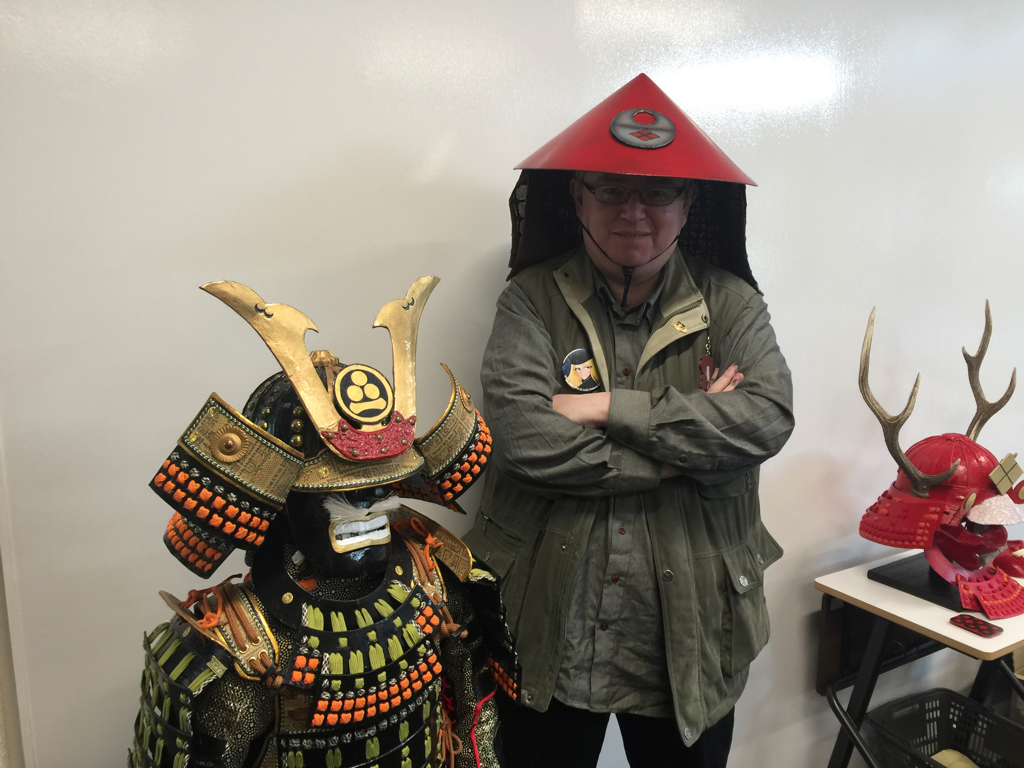
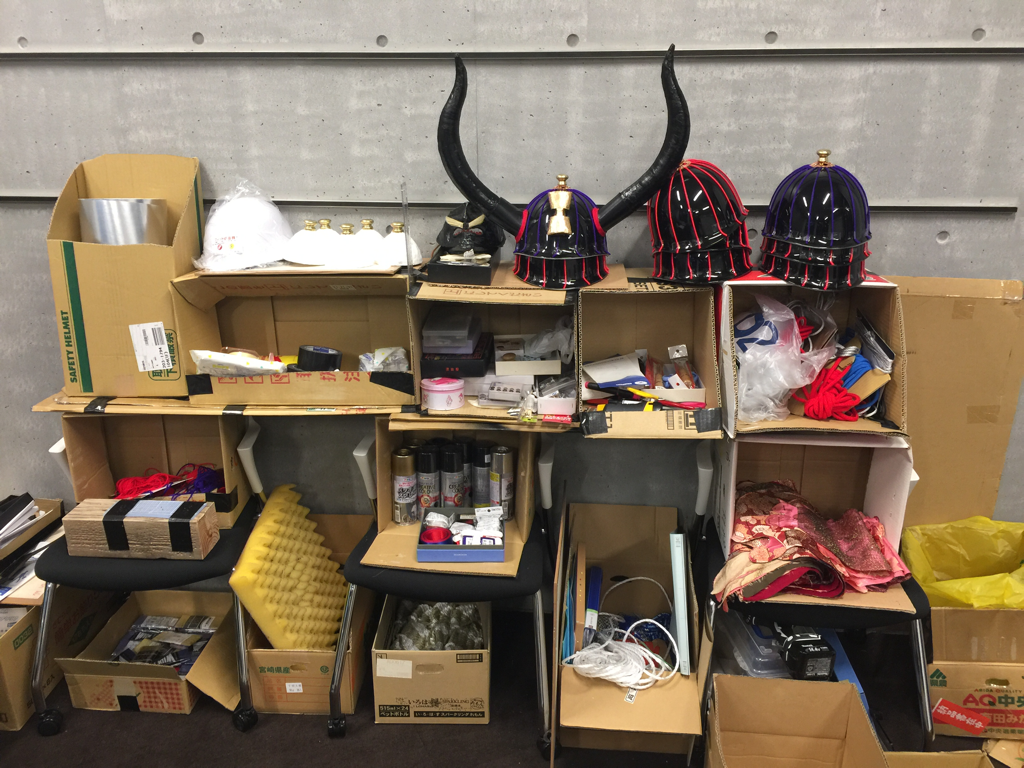
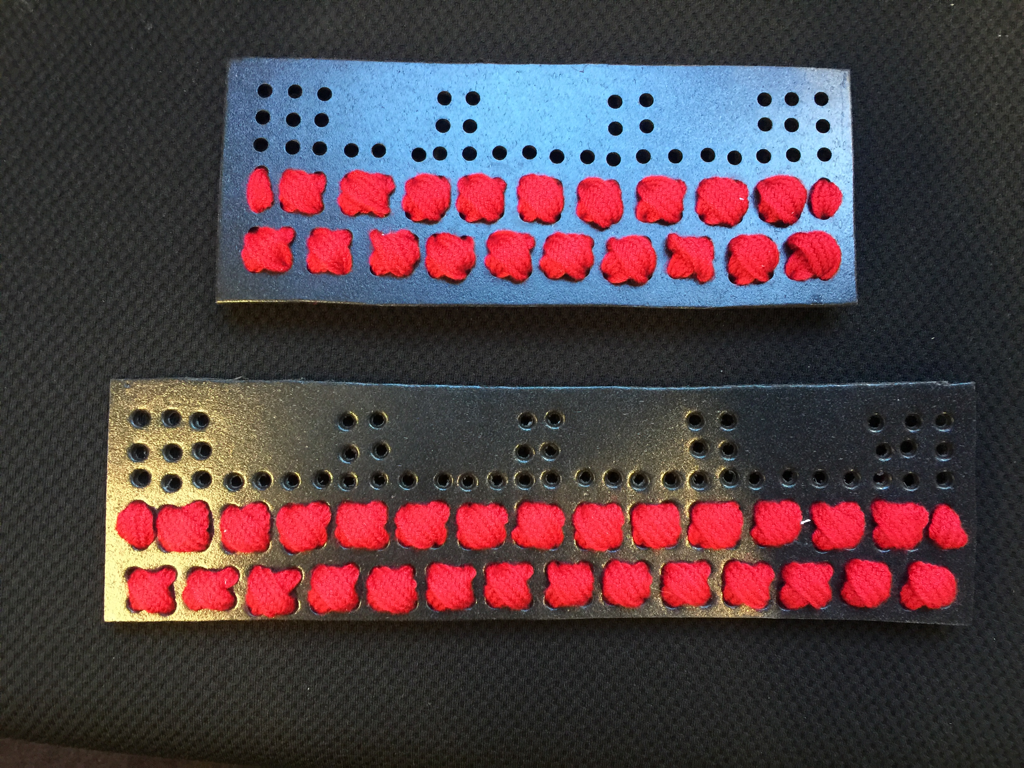
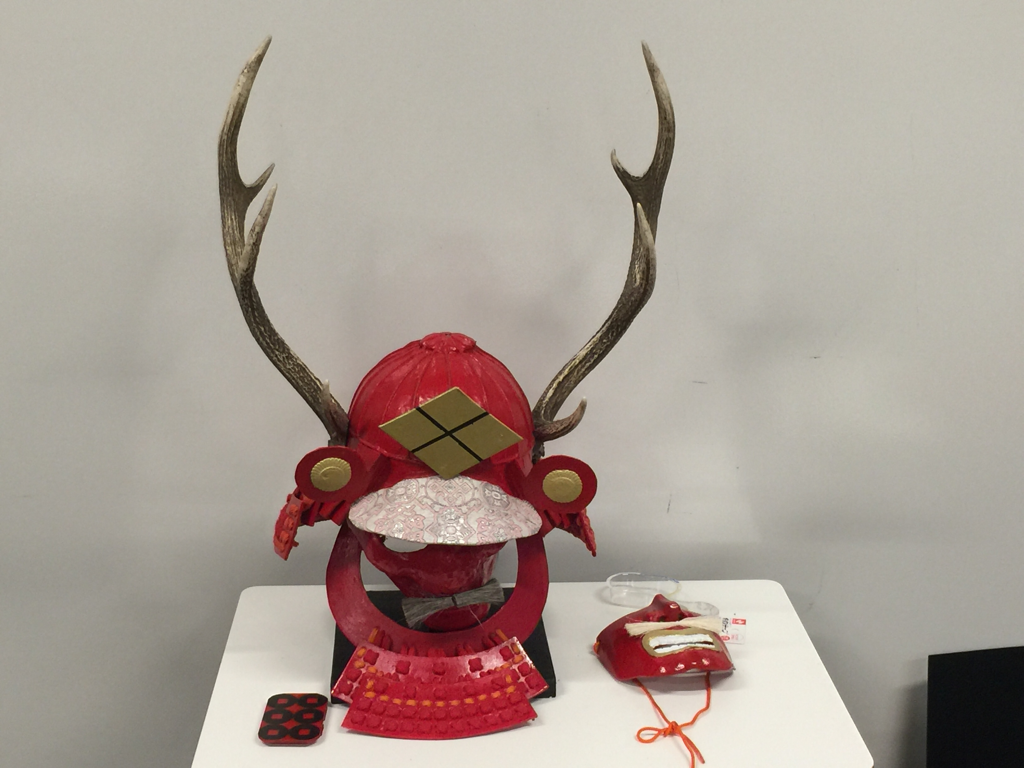
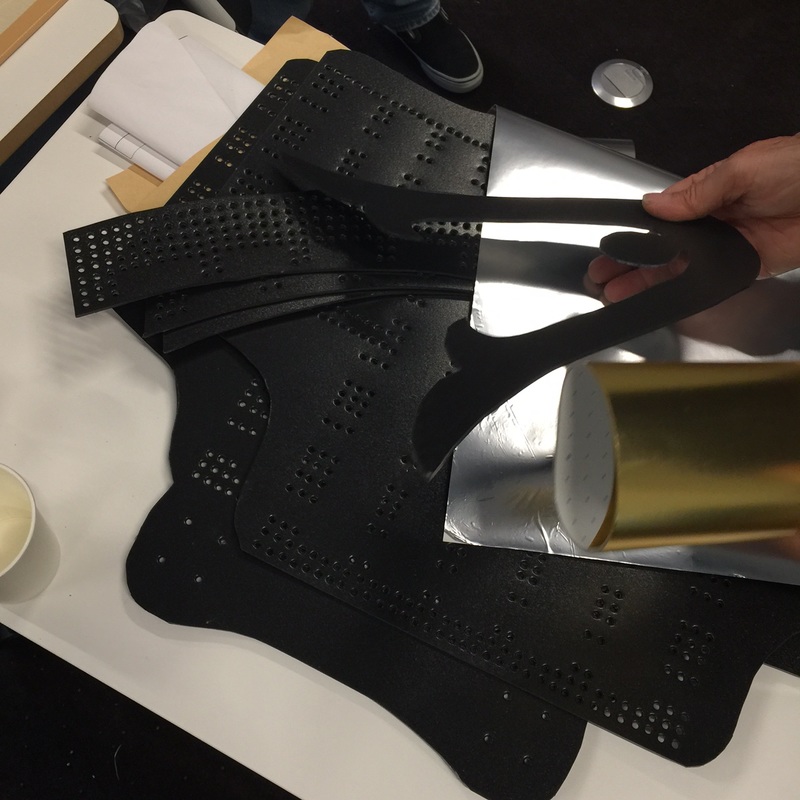
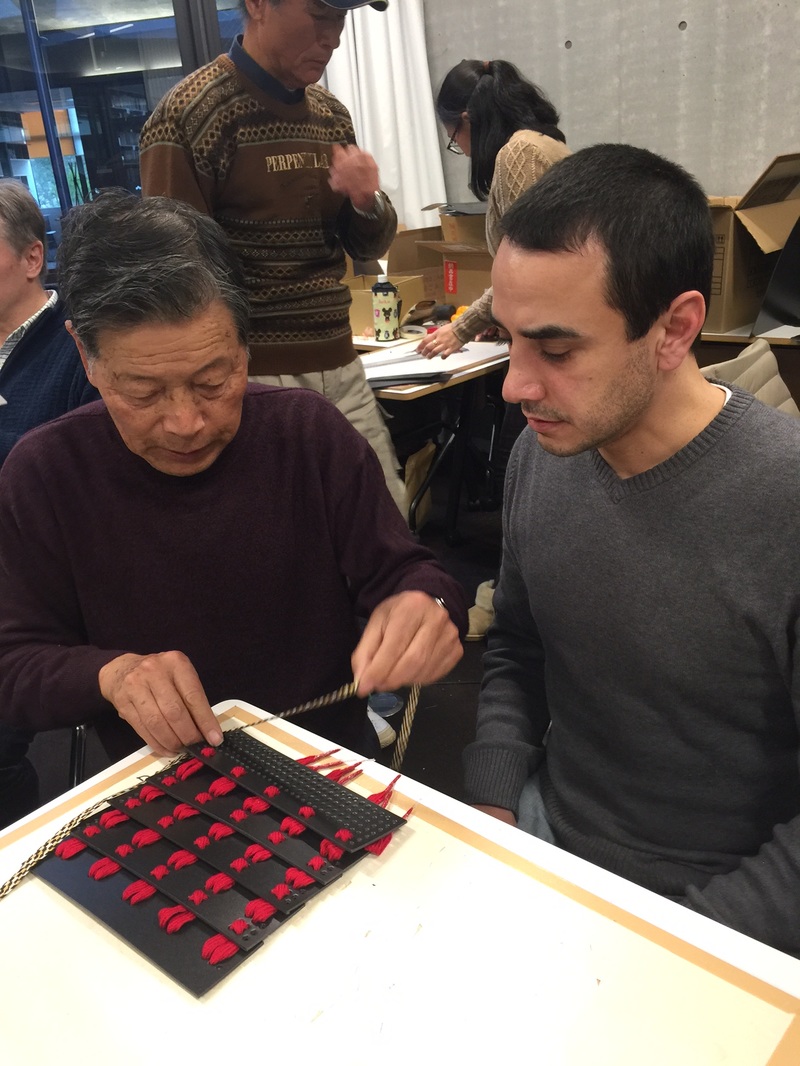
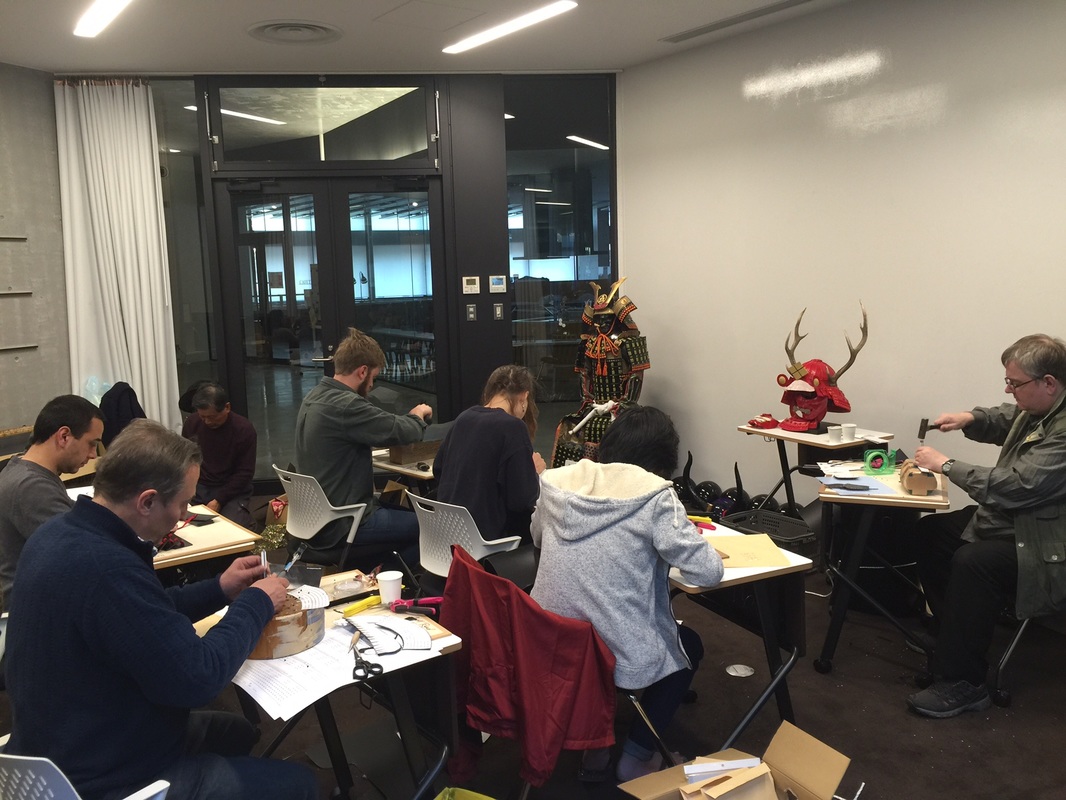
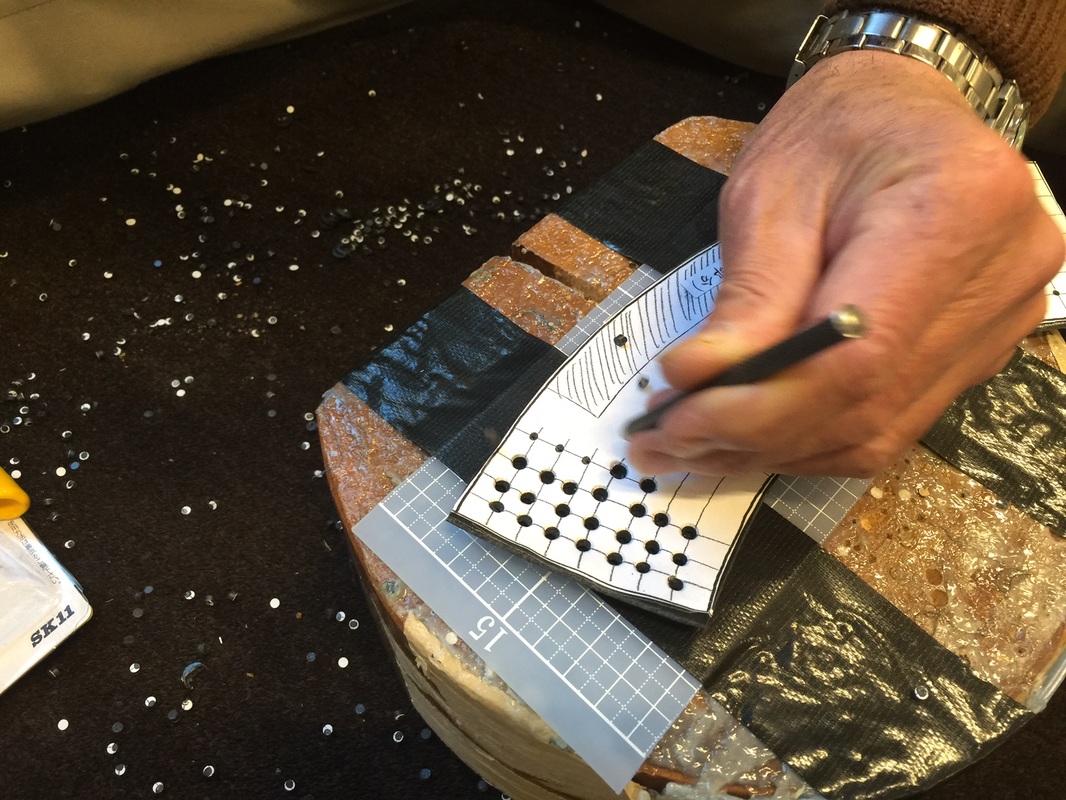
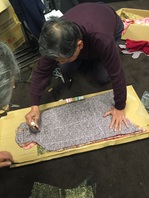
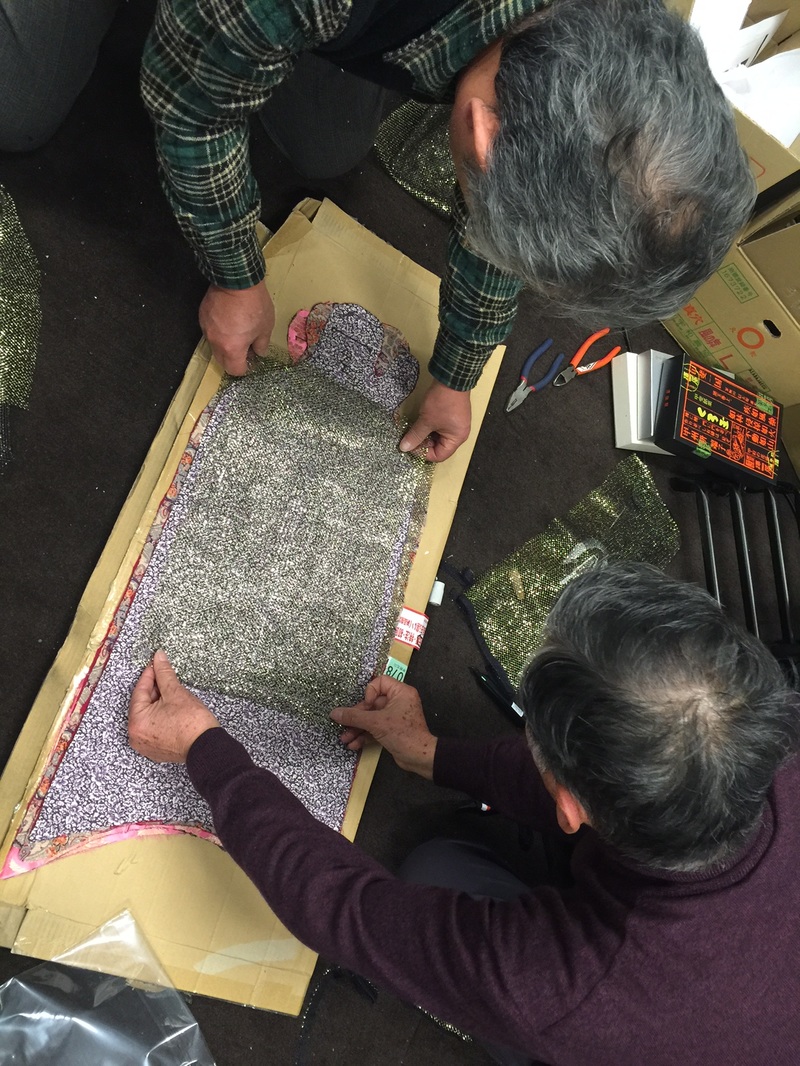
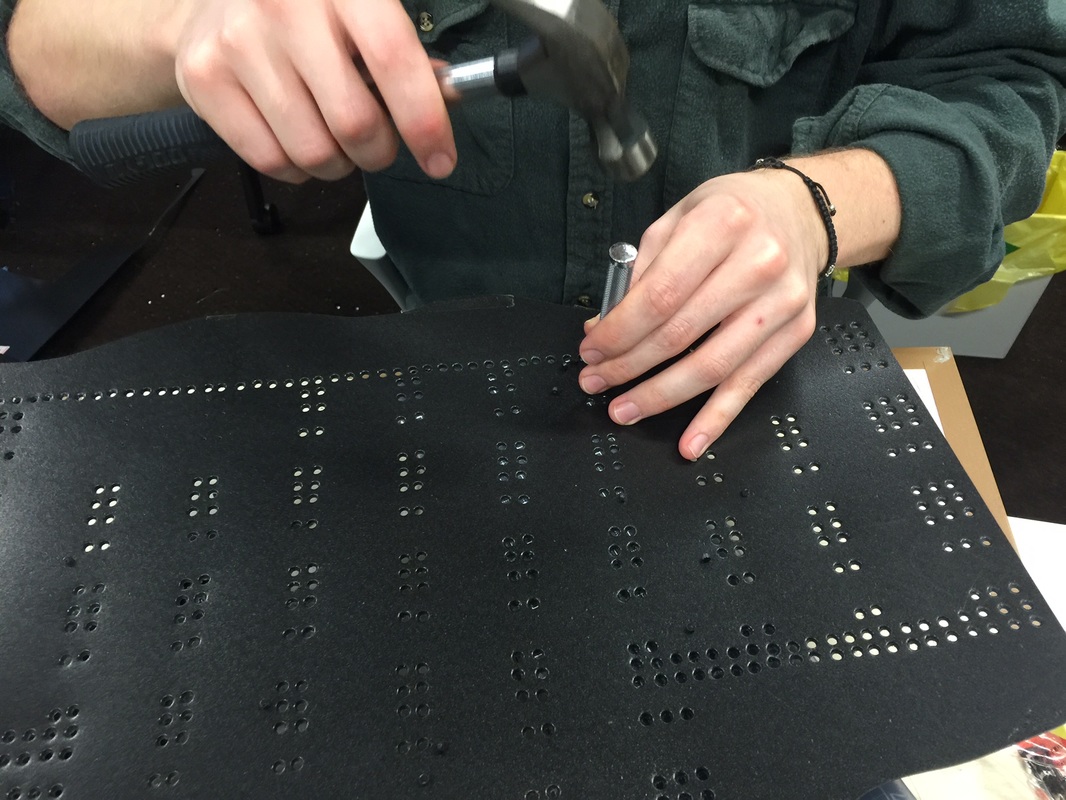
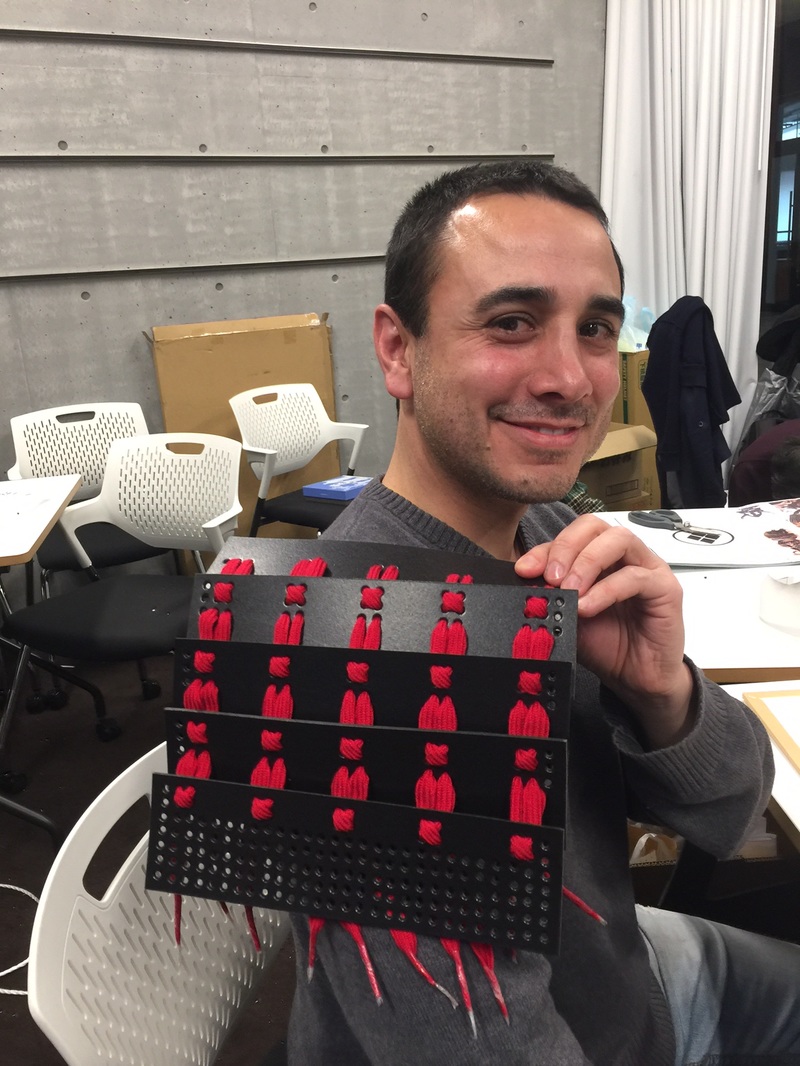
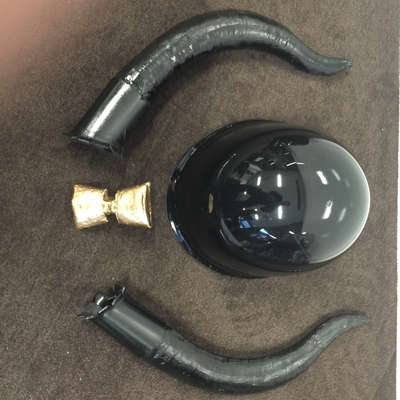
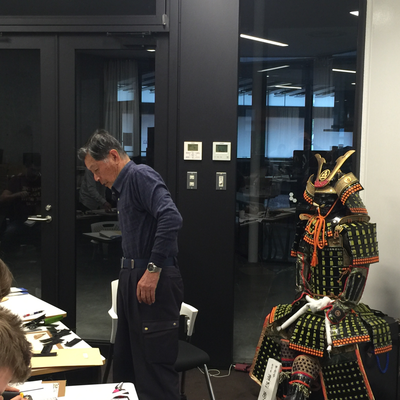
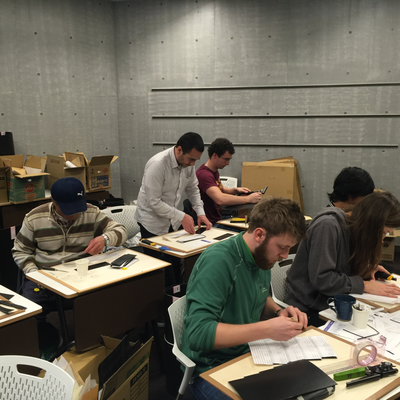
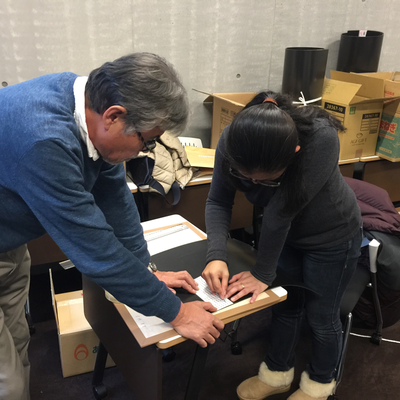
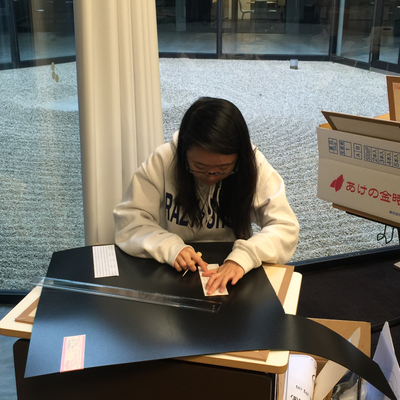
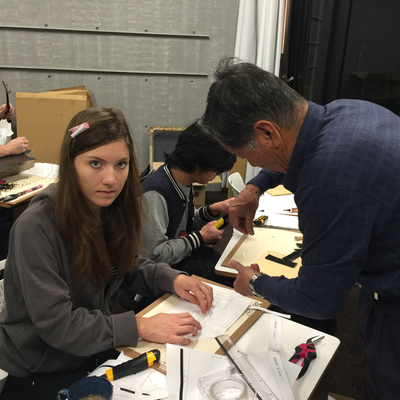
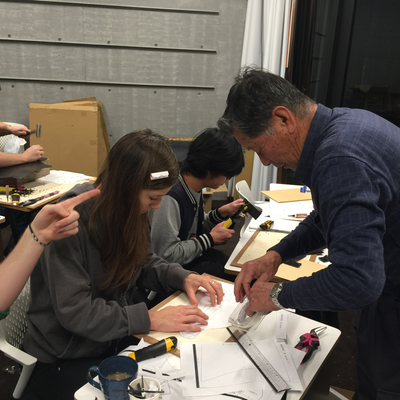
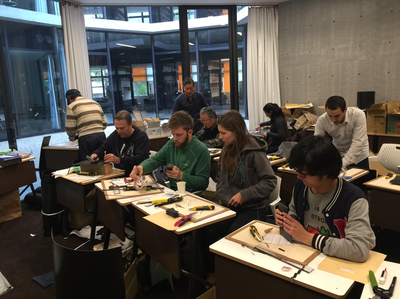
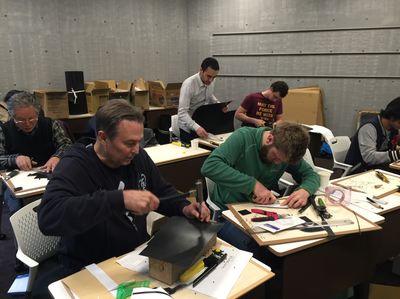
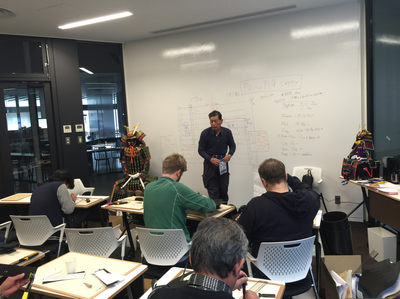
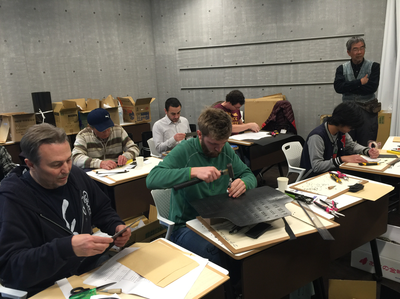
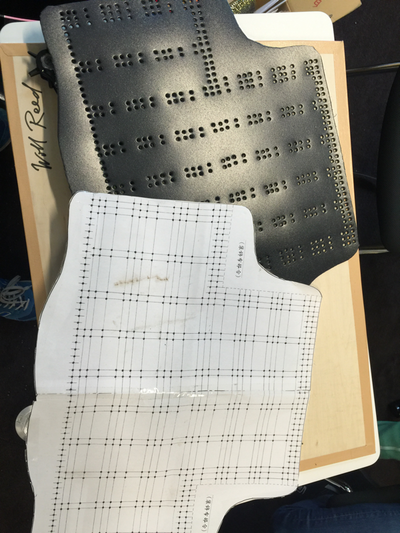
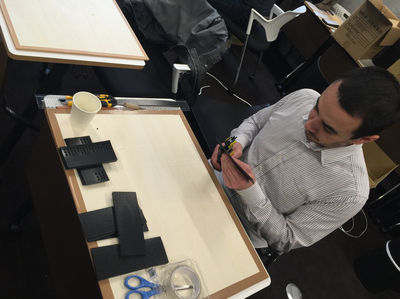
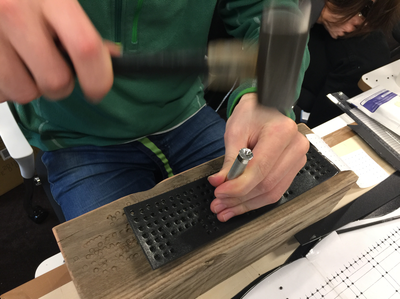
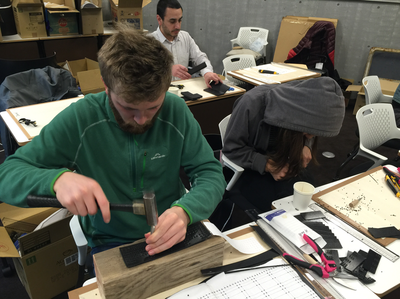
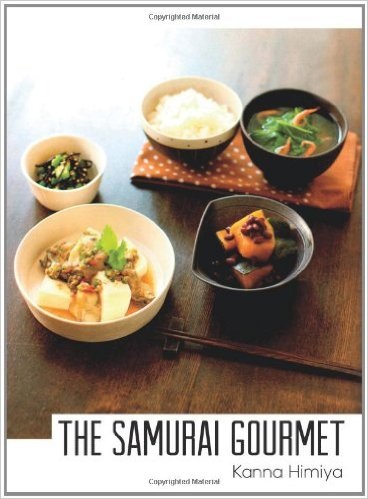
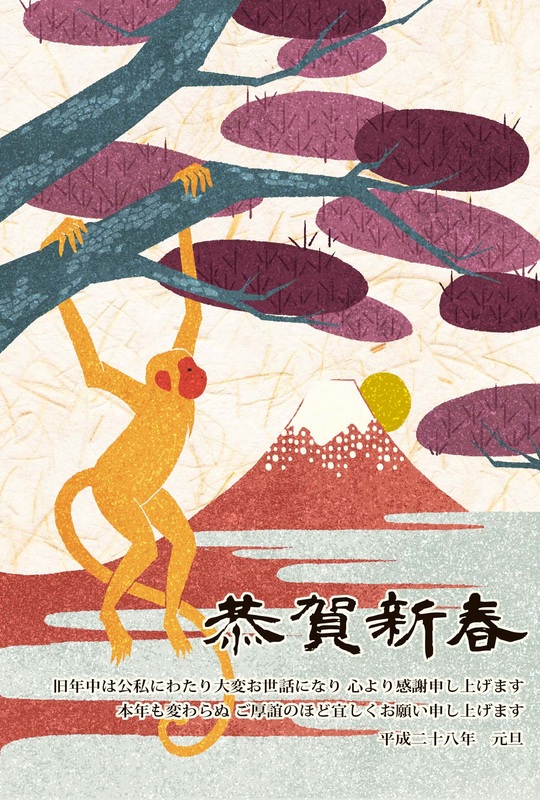
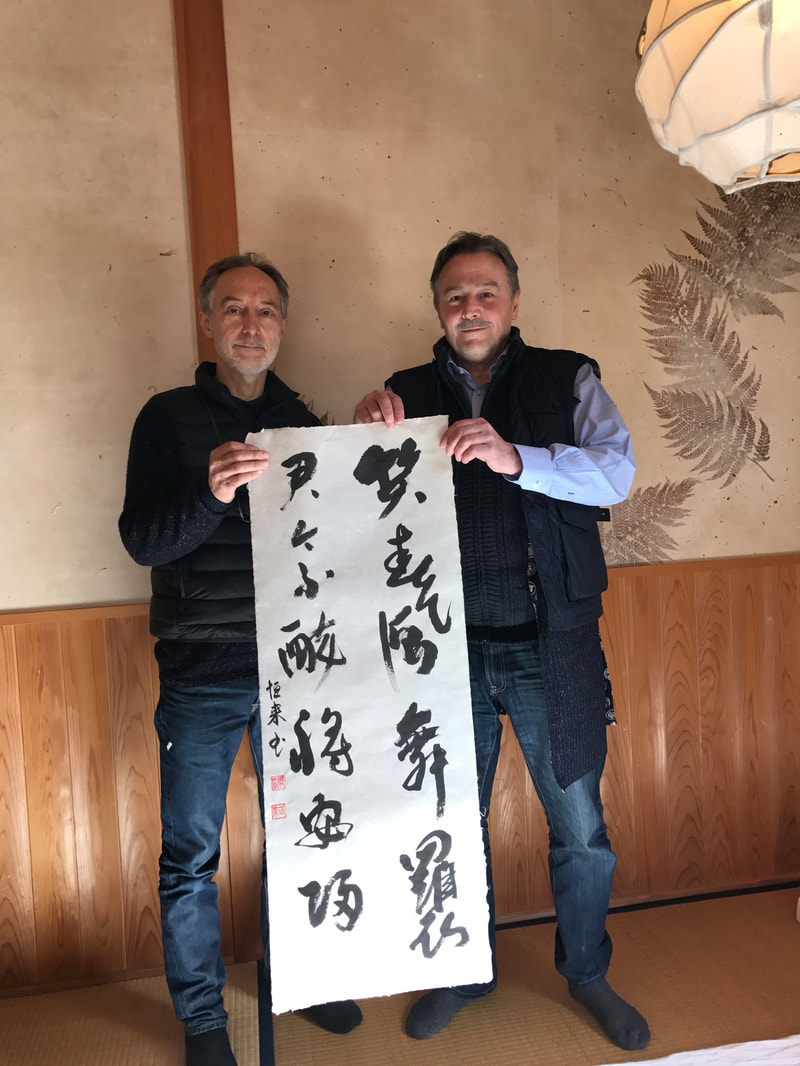

 RSS Feed
RSS Feed